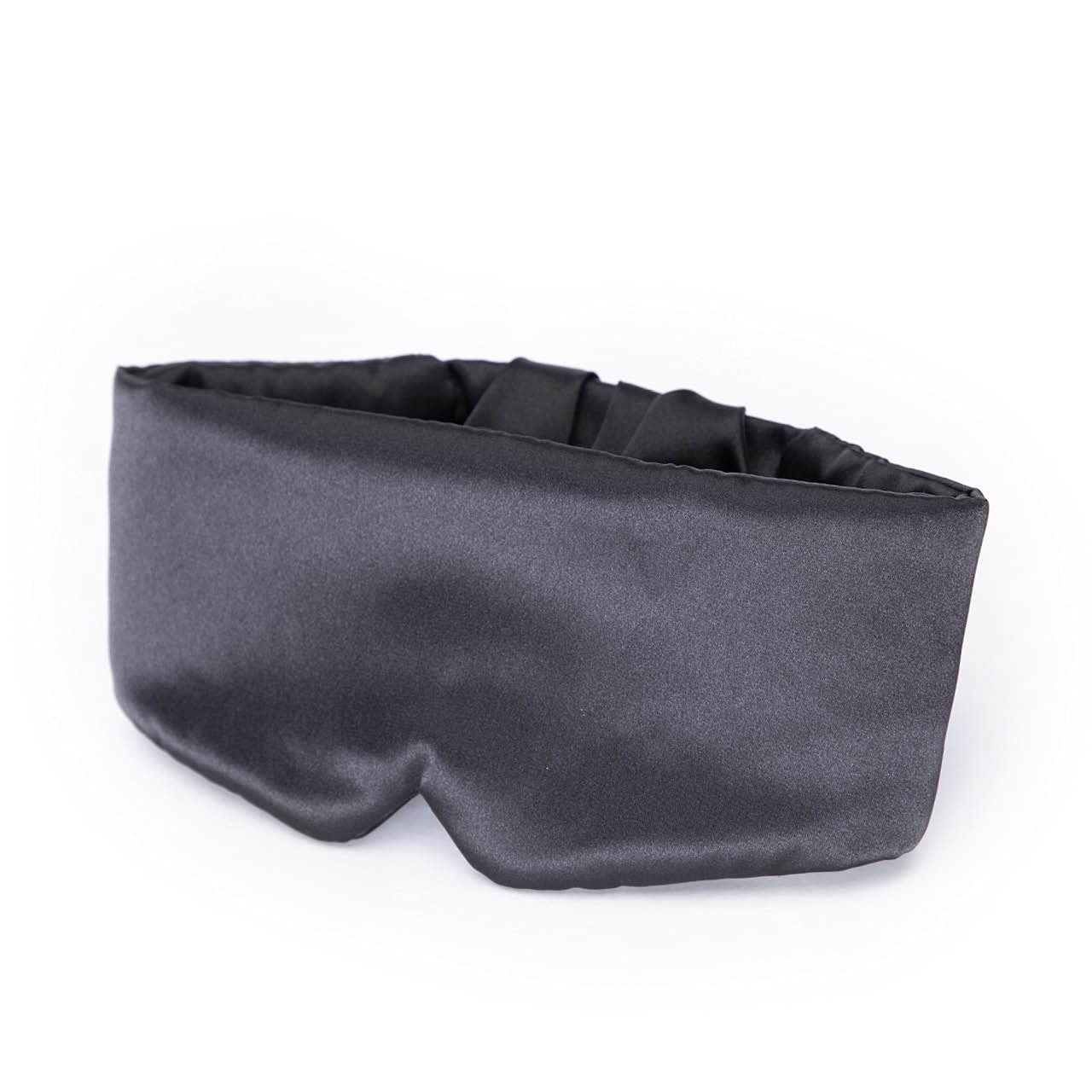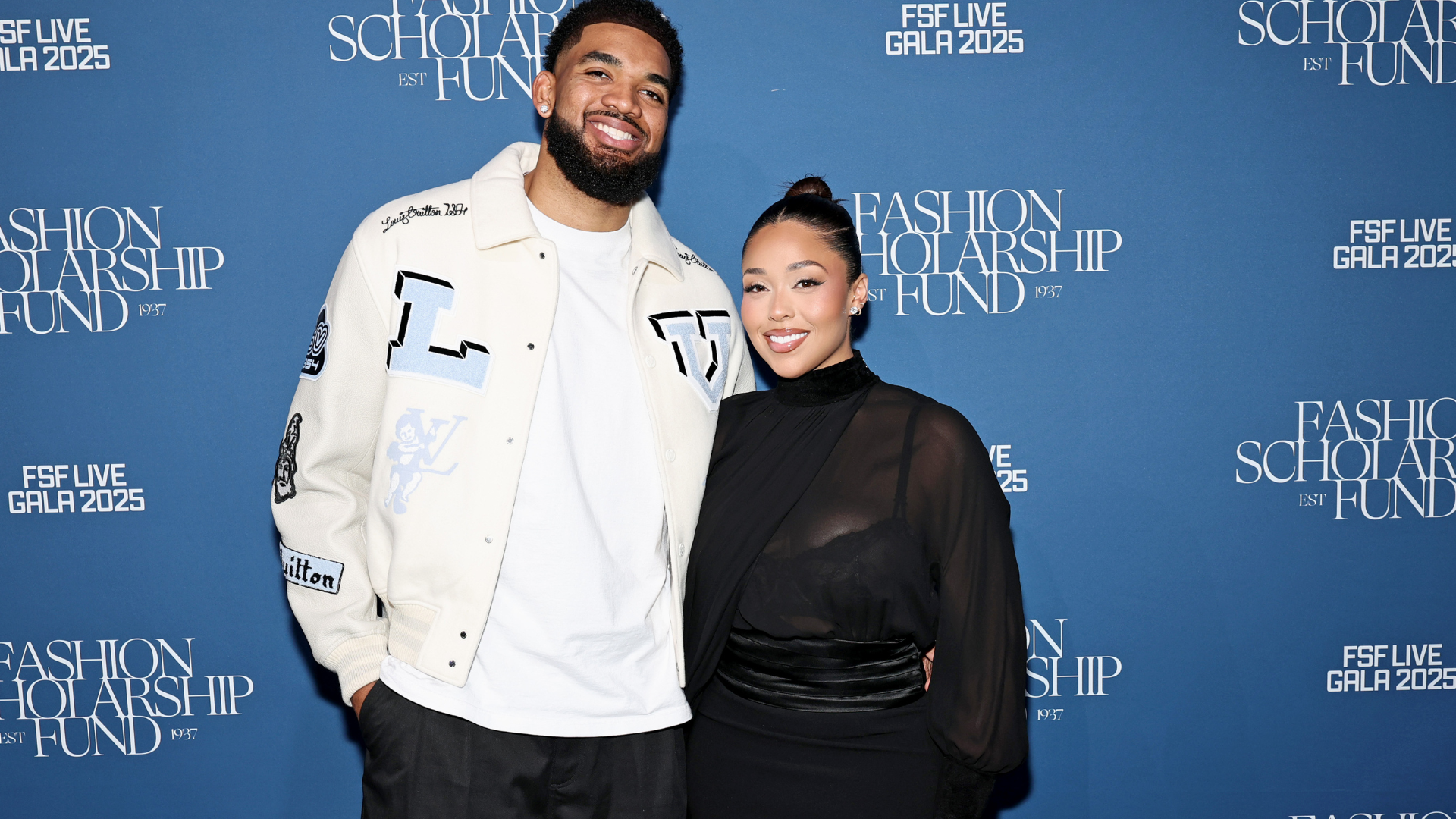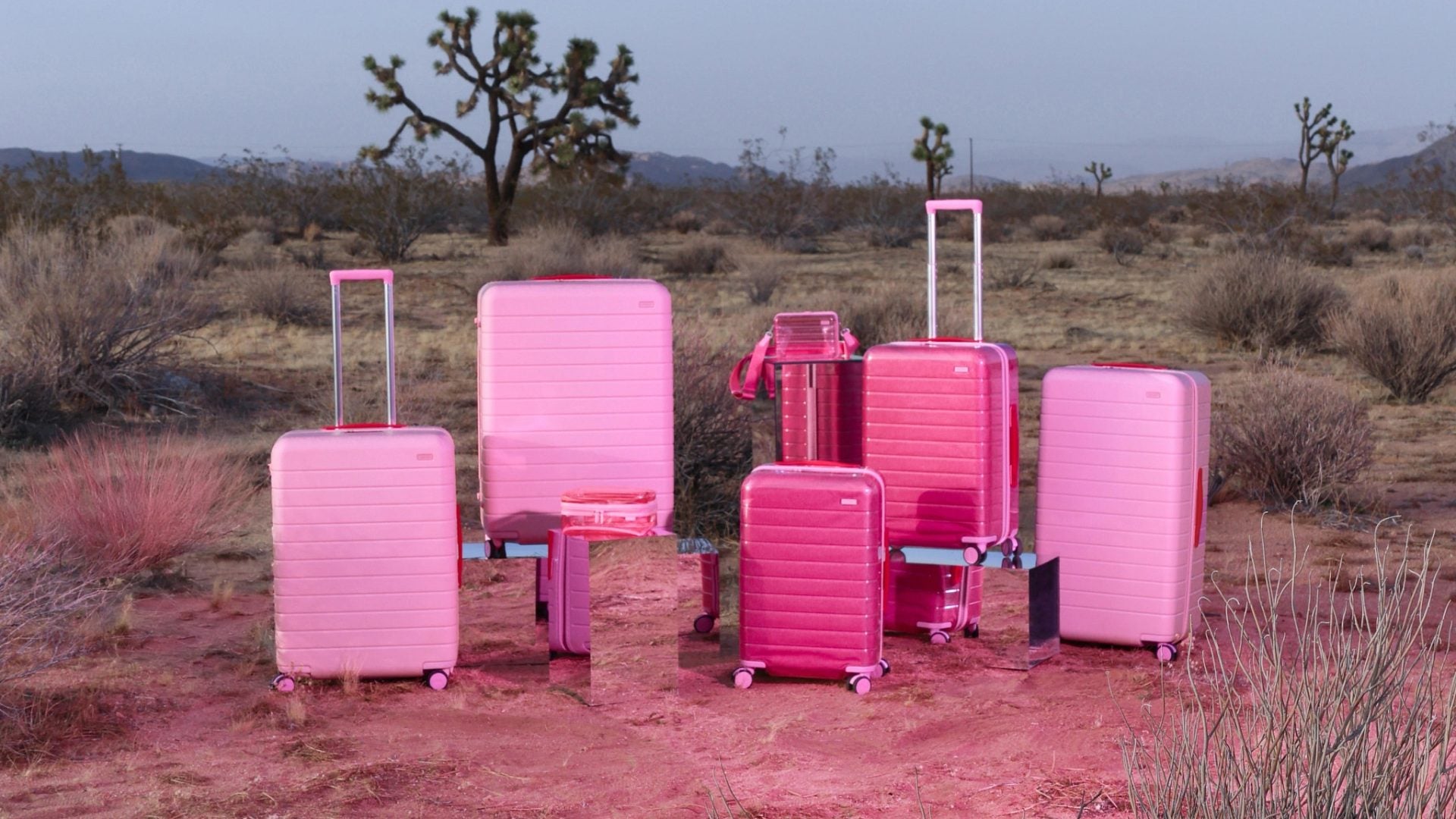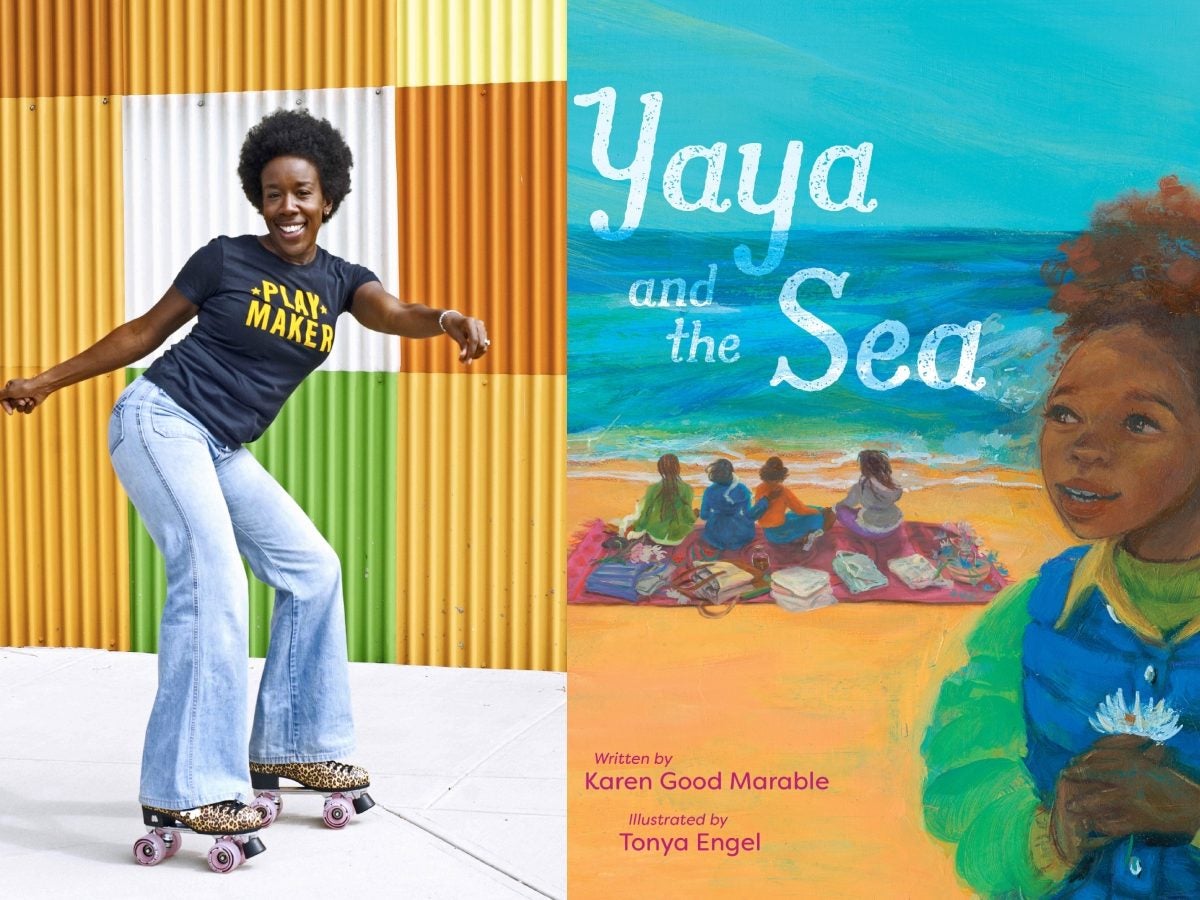
The importance of positive books with Black characters for Black children, and quite frankly all children, is not up for debate – at least not ‘round here. We know how impactful it is for our babies to read fun, engaging, and even whimsical tales with people who look like them. There is an unquestionable power in telling our stories beyond those of strife, hardship, and trauma, especially for young precious minds. They are still being molded and possess an innocence and curiosity about the world we tend to lose on the other side of middle school.
So, when we heard that veteran wordsmith Karen Good Marable created a children’s book about a little girl named Yaya who visited the ocean with her mother and three aunties on the first day of spring, we were more than excited. Marable’s byline has appeared in many books and publications, from the Bitter Southerner, the New Yorker, and, of course, ESSENCE. But more importantly, she is a mother, an auntie (both by blood and surrogate), a niece, and an artist who has intentionally put on for her culture throughout her impressive twenty-plus-year career.
We had to catch up with the Prairie View, Texas native about the magical day more than 20 years ago that inspired her to write Yaya and the Sea, what her baby girl thinks about the book, and the fact that, yes, the tooth fairy can – and does – stop at the homes of Black children too.
ESSENCE.COM: How long did it take you to write Yaya and the Sea?
KAREN GOOD MARABLE: Yaya and the Sea was originally a journal entry I wrote on the A train in 2001. My friends and I had taken the exact journey I describe in the book, and there was a little Yaya too! I was moved by Yaya’s unexpected presence that day (mama didn’t have a babysitter) and wrote a story through her eyes. (Yaya was five years old at the time.) Fast forward to 2018; Denene Millner of Denene Millner Books/Simon & Schuster Kids asks me if I’ve ever written a children’s book. I told her I’d written a story with a child in it but wasn’t certain it was for kids. She said, “Let me read it.” I typed it up—thank goodness I keep my journals—and she loved it.
You have been a celebrated editor, journalist, and writer for over two decades, profiling notables from DMX to Lauryn Hill for cover stories. How was the process of penning this book different from your previous work? And how was it the same?
The process of writing Yaya and the Sea was different in that the writing and the illustrations had to work in tandem. I had to train myself not to say or describe everything and instead allow the illustrations to do what they’re meant to do. One of the similarities between my previous work and writing Yaya and the Sea is that it’s based on a true story. It’s me writing about my life. In recent years, my work primarily consists of personal essays, poetry, and a memoir, so Yaya is a continuation of that trend.
What was it like collaborating with illustrator Tonya Engel on this project?
Listen. Tonya Engel brought Yaya and the Sea to life! When I first saw her illustrations for the book, I wept. This is our first time working together, and I am so honored Denene and the ancestors saw fit to bring us together. As far as collaboration, there was no real back and forth between us. Every once in a while, there may have been a question related to a scene in the book, such as a NYC subway or bodega, but Tonya clearly did her research. Her illustrations are paintings. This is why when I talk about Yaya and the Sea, I’m also talking about the picture book as a work of art, something to be collected. Treasured. As a beautiful book in your library. I see the work of Tom Feelings’ The Middle Passage or Faith Ringgold’s Tar Beach in the same way.
One of this book’s key elements is how Yaya’s aunties love on her and each other. Was it important for you to insert this into the book – the love between girlfriends and the love we give and receive as aunties?
It was very important. All my life, in every stage, there has always been a sister circle, whether it was the coven of six girls I was born into growing up in Prairie View, Texas; my fourth floor Wheatley Hall crew at Howard University; or the sisterhood I joined in my mid-twenties when I lived in Brooklyn, Oya’s Elements. Oh, and I grew up with the world’s best auntie. My aunt ‘Nita (short for Juanita) is legendary. Quintessential and indispensable. She is the auntie standard, the one I hold for all my nieces and nephews, real and play.
When I became a mom, I really began to understand the necessity of “auntie love.” My daughter always says, “I have so many aunties, mommy!” Which is to say a circle of sisters who love and care for her (and laugh with her). A safe space to which she can return again and again and again. I love that this is displayed in Yaya.
What feedback have you received from your own daughter, Mia Pearl, about the book?
I was nervous about showing the book to my daughter, to whom Yaya and the Sea is dedicated. Kids give it to you straight, and I was already feeling hella vulnerable. But I finally showed her the folded and gathered pages when the book was in its early stages. The first thing she said was (knowing auntie Renée is me), “Waitaminute. Were y’all really naked in the ocean?” Then when she got to the end: “I love it. Good job, mom.”
In your author’s note, you state that children remind adults to be honest and true. What has Mia Pearl taught you about honesty and truth?
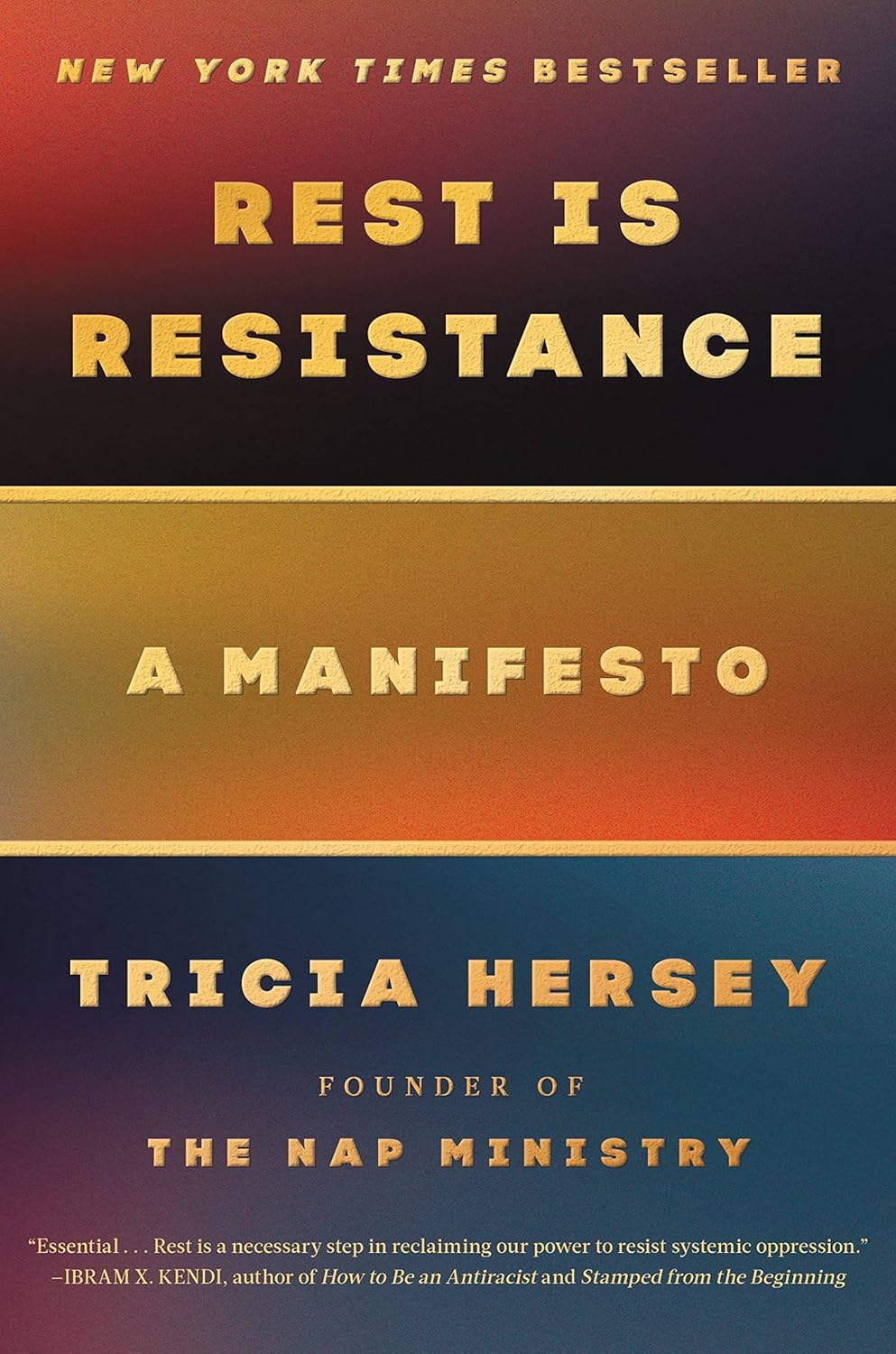
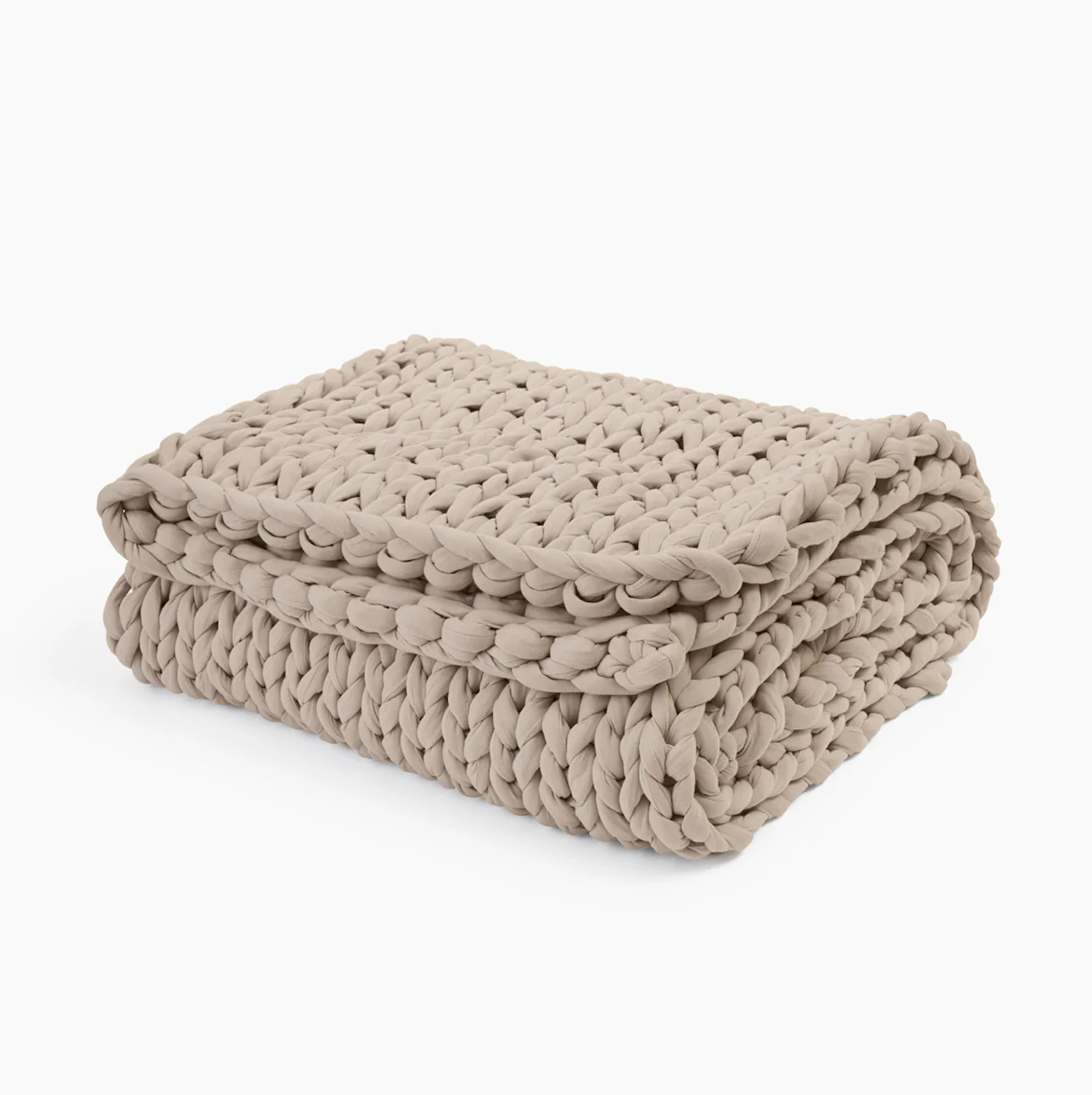
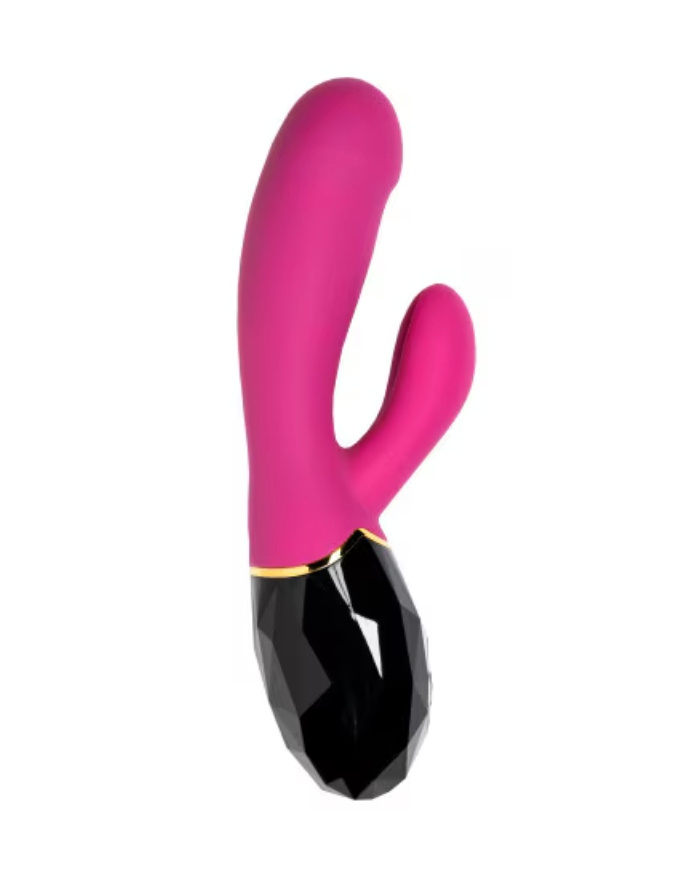
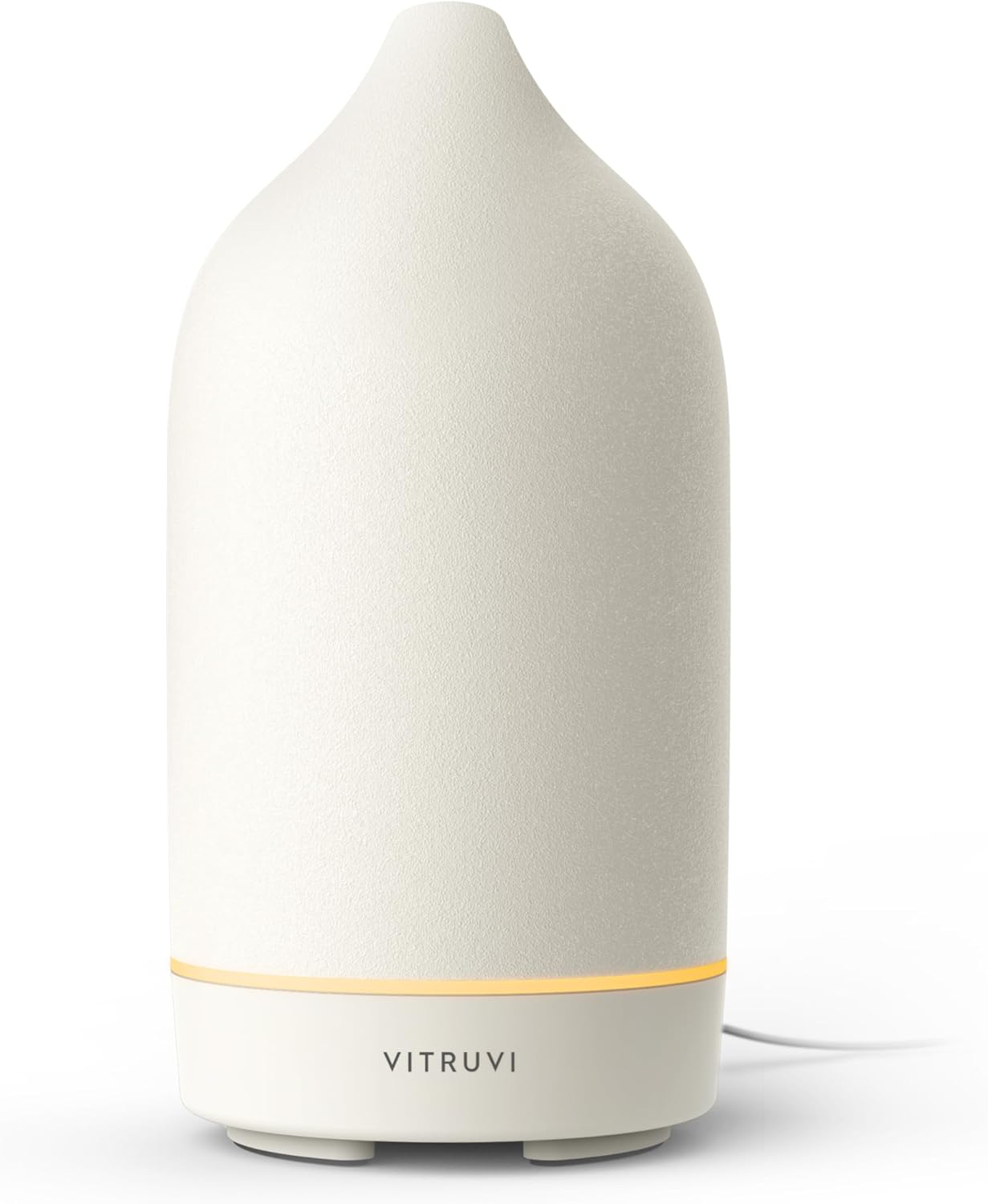
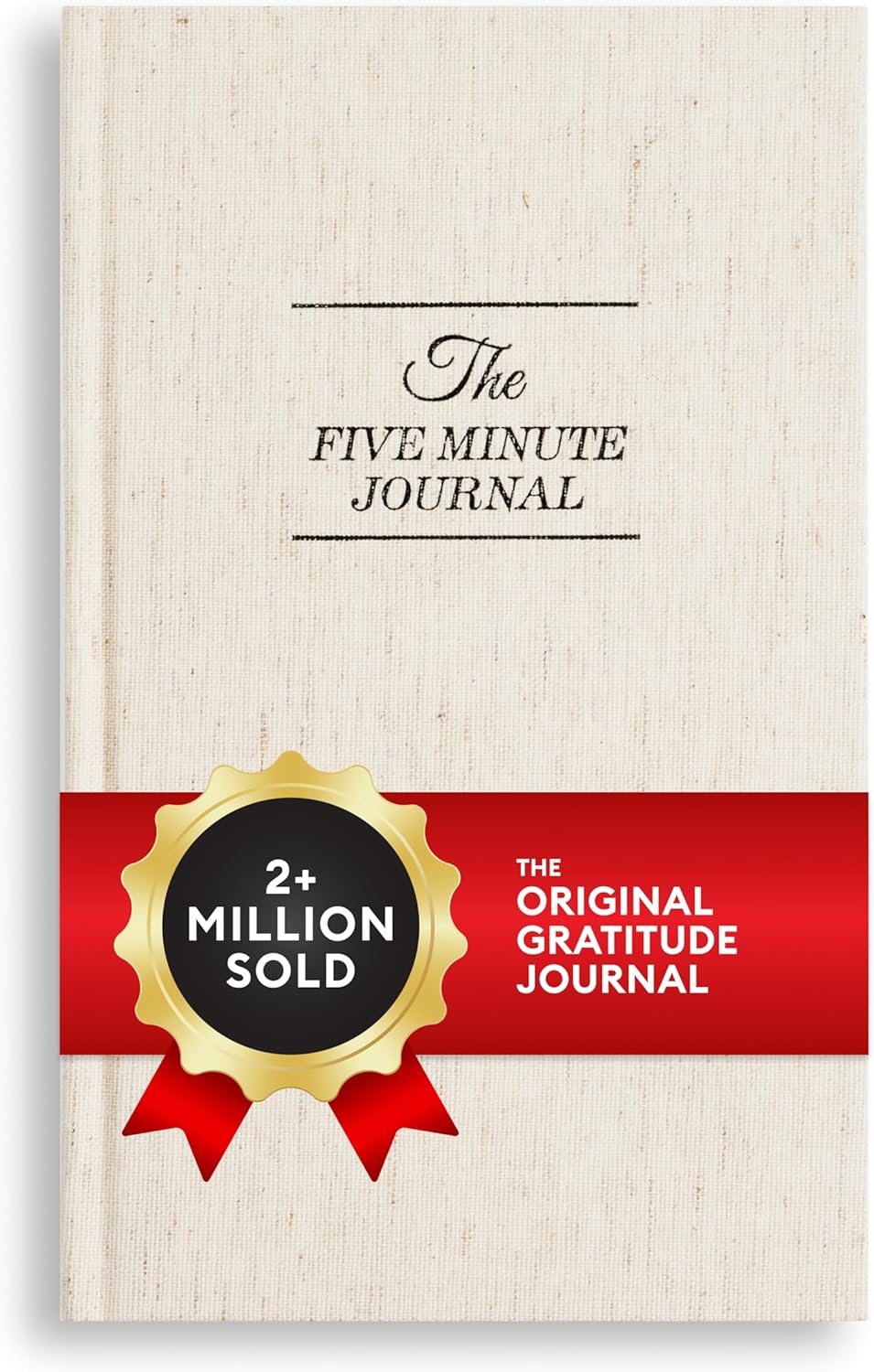
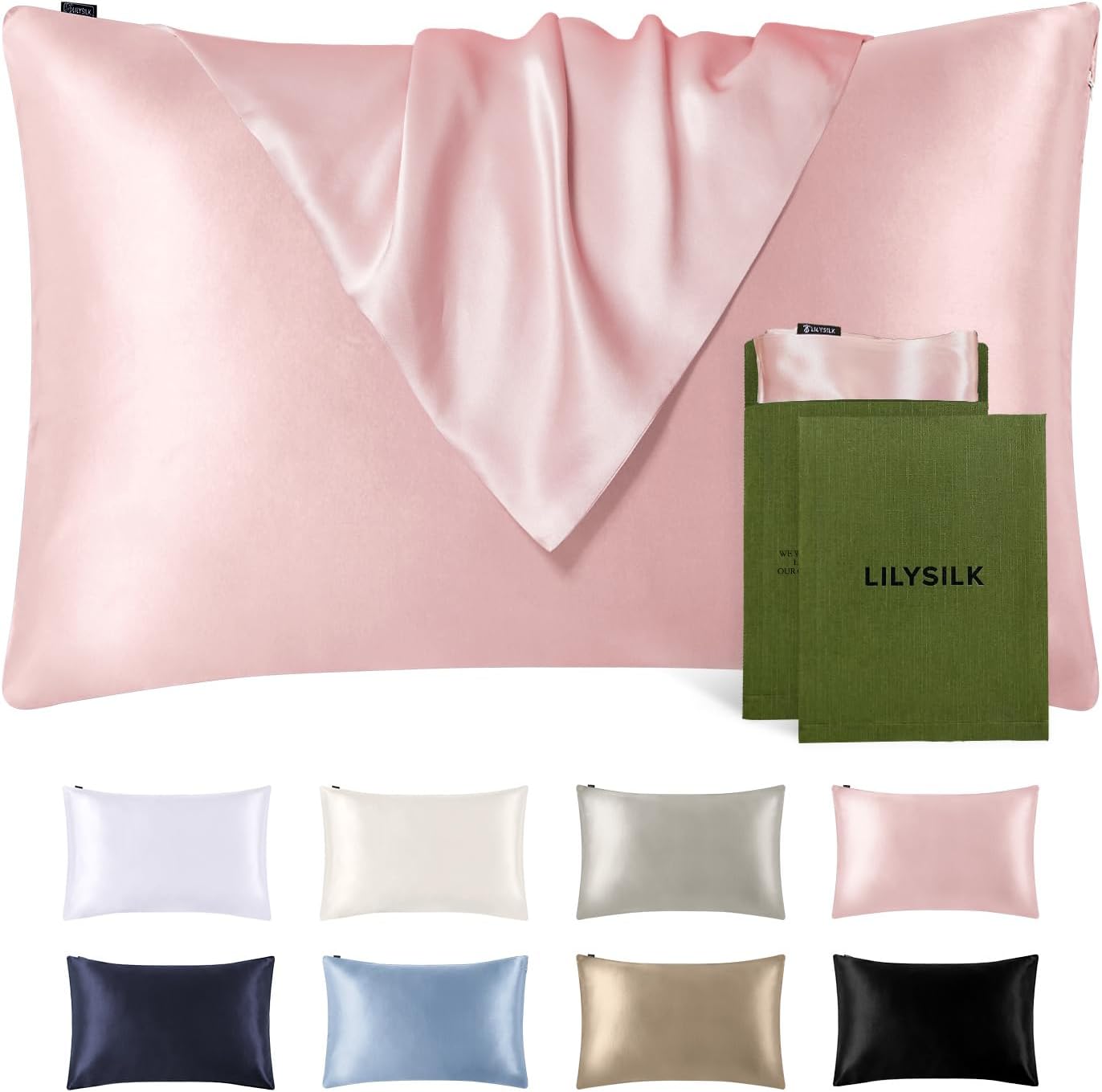

My kid insists I be real with her, which requires me to be real with myself. In Yaya and the Sea, the aunties knew little Yaya was on the shore, watching them, which is humbling and an honor. You’re modeling sacred work. Kids are innocent. Unspoiled. That innocence ought to be protected. Respected. You’re making those earliest impressions as adults have a responsibility to that purity. That doesn’t mean the tooth fairy doesn’t stop by, or we don’t go see Black Santa at Greenbriar Mall [in Atlanta]. But that’s part of the magic, too.
What else do you want the ESSENCE audience to know about Yaya and the Sea?
As I promote Yaya and the Sea, in addition to Saturday morning Storytime with the kids, I’m hosting family-friendly salons geared to grown folks. The parents, the aunties, and uncles, the ones buying the books, reading to the kids. The folks who see picture books as works of art for everybody’s library. We take the themes found in Yaya and the Sea—ritual, intention, community—and elevate them for adults. There’s music, food, wine, a short discussion, a ritual. It’s a good time. More information on these salons can be found on my Instagram account and my website.
